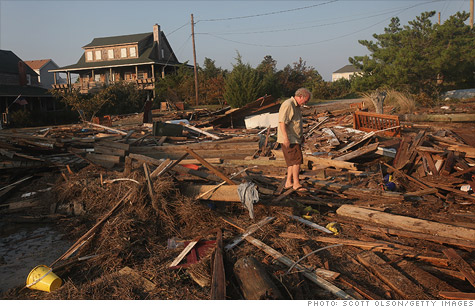New Madrid Seismic Zone
Even though there aren’t any visible plate boundaries in the middle of the United States, there is evidence of earthquakes occurring in the area. There are records of earthquakes occurring in 1811 and 1812 that were felt from Mexico to Canada. There is proof showing that those years were not the first time that earthquakes occurred there. A PBS NOVA video explains how stalagmites in caves prove that earthquakes did in fact occur. The rings are not counted as tree rings are counted. Instead the age of the layers are analyzied with chemicals. The stalagmites show evidence of violent earthquakes.
The ground in New Madrid, Missouri is actually an epicenter of the most active seismic zone to the east of the Rocky Mountains. This is the New Madird Seismic Zone, as a CUSEC article. The NMSZ is definitely a threat to the United States, that most people are not even aware about. An earthquake could strike at any time.
The Missouri Department of Natural Resources stated that “Due to the harder, colder, drier and less fractured nature of the rocks in the earth’s crust in the central United States, earthquakes in this region shake and damage an area approximately 20 times larger than earthquakes in California and most other active seismic areas.” This means that if an earthquake occurred they would be far worse than the ones we hear about happening at the San Andreas Fault.
One interesting theory for why the NMSZ is there sense is that the region lays over an ancient wound deep in the earth’s crust. It is thought that plates that were being pulled apart by tectonic forces suddenly stoped moving apart from each other. This “failed rift” created a weak spot in the crust which could be causing this seismic activity and occasional earthquakes.
Sources:







